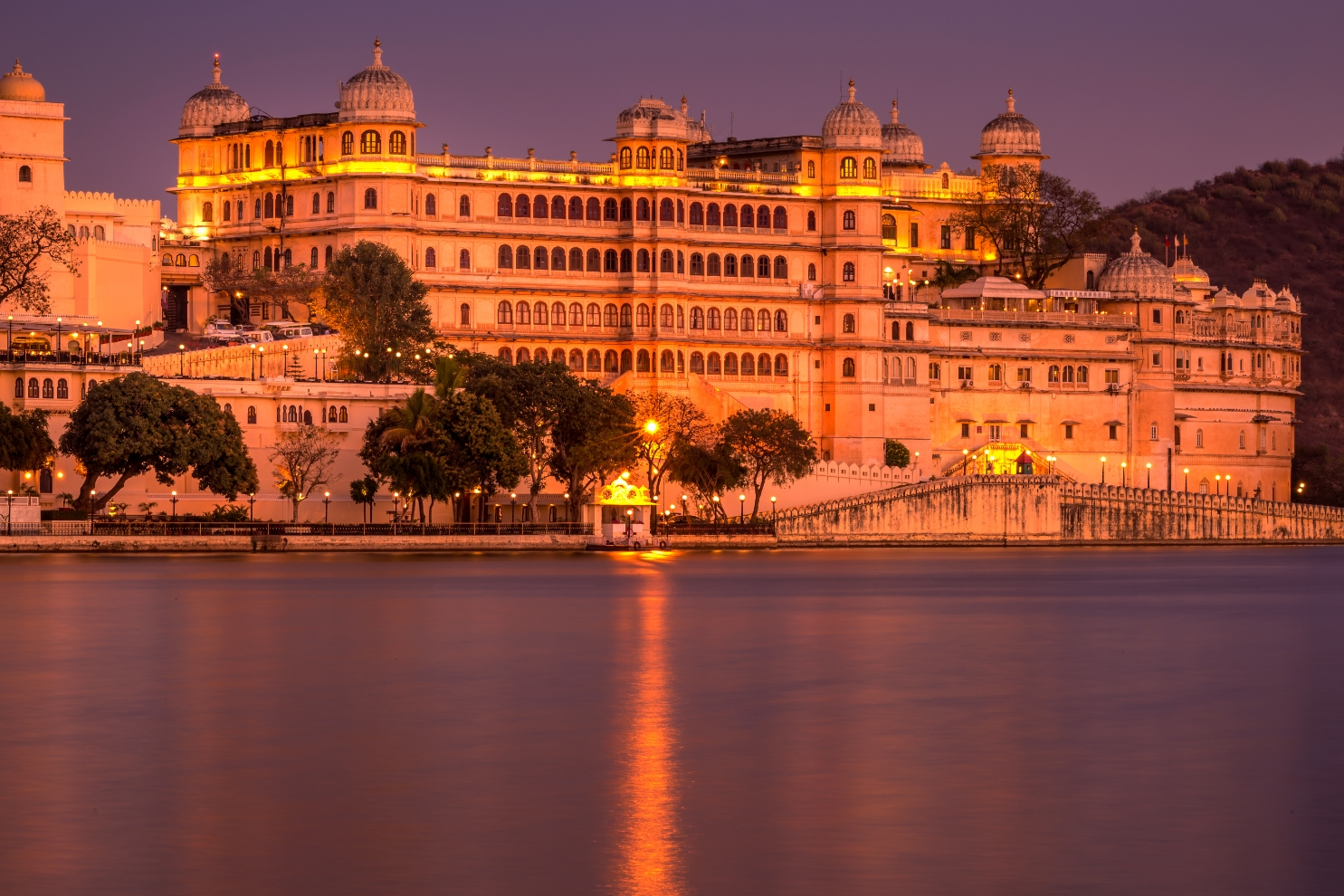26/09/2024

Known as the "Land of Kings," Rajasthan is a historical treasure trove with magnificent palaces and breathtaking forts. This northern Indian state is well-known for its regal architecture, ageless customs, and heroic tales that have molded its history over many centuries. Rajasthan offers a selection of some of the most important historical sites in the nation, making it an ideal destination for history buffs and those wishing to experience India's regal past. Rajasthan's historical sites promise to take you back in time, from opulent palaces that once held kings and queens to forts that stood guard over powerful empires.
One of the most well-known forts in Rajasthan is Amer Fort, also referred to as Amber Fort, which is perched on a hilltop with a view of Maota Lake. This fort, which was constructed in 1592 by Raja Man Singh, is a magnificent example of Mughal and Hindu architecture. Explore the Sheesh Mahal (Mirror Palace), Diwan-i-Khas (Hall of Private Audience), and the exquisite wall carvings as you meander through its opulent gateways and courtyards.
The City Palace in Jaipur is a collection of structures, gardens, and museums that highlight the Rajput kings' regal lineage. It is more than just a palace. The palace, a masterpiece of Rajput, Mughal, and European architecture, was constructed in the eighteenth century by Maharaja Sawai Jai Singh II. The museum located within the palace allows visitors to examine the textiles, armory, and artifacts belonging to the royal family.
One of the biggest and most spectacular forts in India, the Mehrangarh Fort looms over the city of Jodhpur. Rao Jodha founded the fort in 1459, and its enormous walls, elaborate carvings, and roomy courtyards are evidence of the Rajputs' mastery of architecture. There's a museum inside with miniature paintings, royal costumes, and palanquins on display. From the fort, one can see the "Blue City" of Jodhpur in all its splendour.
Maharaja Sawai Pratap Singh constructed the Hawa Mahal, one of Jaipur's most recognizable structures, in 1799. Known for its distinctive architecture, this five-story palace has over 900 tiny windows, or jharokhas, that let cool air in to keep the palace cool even in the sweltering heat. Originally constructed so that ladies of the royal family could discreetly survey the streets below, the Hawa Mahal is a magnificent example of Rajput building design.
Jaisalmer Fort is one of the few "living forts" in the world where people still live inside its walls, rising out of the Thar Desert like a golden mirage. Constructed in 1156 by Rawal Jaisal, the fort is recognized as Sonar Quila (Golden Fort) due to the yellow sandstone that lends it a golden color. It is also a UNESCO World Heritage Site. Discover the medieval Rajasthan of its royal palaces, old temples, and winding lanes.
Chittorgarh Fort, the biggest fort in India, is a representation of Rajput valor and selflessness. Some of the most important battles in Rajasthan's history have taken place at the 700-acre fort. The fabled queen Rani Padmini performed Jauhar, or self-immolation, there along with hundreds of other women in order to escape being captured by the enemy. The many palaces, temples, and towers within the fort provide a wealth of information about the opulence and background of the Rajput kings.
One of Rajasthan's most romantic historical locations is the Lake Palace, which is situated on Lake Pichola. Constructed by Maharana Jagat Singh II in 1746, the palace is currently a five-star hotel. The palace is a special place to visit because of its breathtaking setting, which includes towering mountains and bodies of water. You can see the palace even if you are not staying at the hotel by taking a boat ride on Lake Pichola.
The Kumbhalgarh Fort, located in Rajasthan, is renowned for its enormous walls that span more than 36 kilometers and are compared to the Great Wall of China. Rana Kumbha constructed this fort, which is situated in the Aravalli Hills, in the fifteenth century. Eight horses could ride side by side on the fort's walls because they are so broad. Renowned for its breathtaking architecture and expansive views of the surrounding countryside, Kumbhalgarh Fort is also recognized as a UNESCO World Heritage Site.
The Ranthambore Fort is an intriguing historical site in a distinctive setting that is located within the Ranthambore National Park. This fort, which dates to the tenth century, was significant to Rajasthani history. It is now a well-liked destination for history lovers and animal lovers who come to see tigers and other wildlife in the nearby forest. In addition to providing breathtaking views of the national park, the fort provides a window into Rajasthan's military past.
Situated in the central region of Bikaner, Junagarh Fort is renowned for its exquisite interiors that contrast sharply with its unremarkable exterior. Raja Rai Singh constructed the fort in 1589, and it contains pavilions, temples, and palaces that exhibit a fusion of Rajput and Mughal architectural styles. A fascinating collection of historical artifacts, including weapons, manuscripts, and royal costumes, can be found in the fort's museum.
The state of Rajasthan reflects the splendor and opulence of earlier India. More than just tourist attractions, its forts, palaces, and historical sites serve as windows into a bygone era of kings, queens, and warriors. Every location has a tale to tell, whether you're strolling through the living fort of Jaisalmer, climbing the enormous walls of Kumbhalgarh, or exploring the royal City Palace in Jaipur.